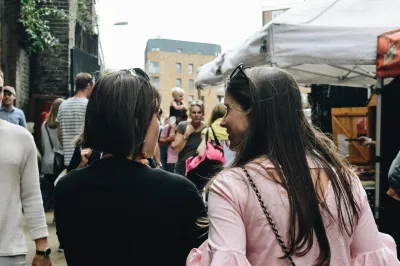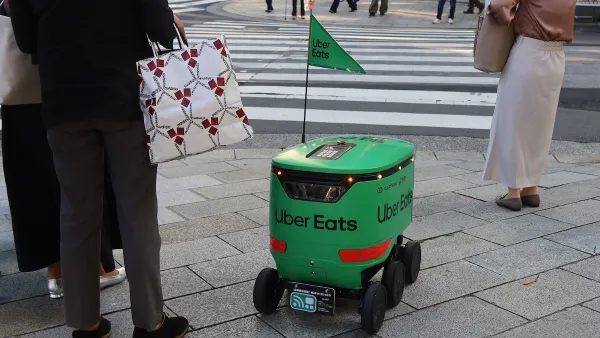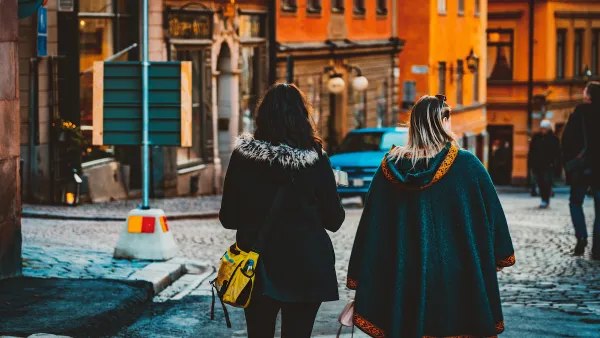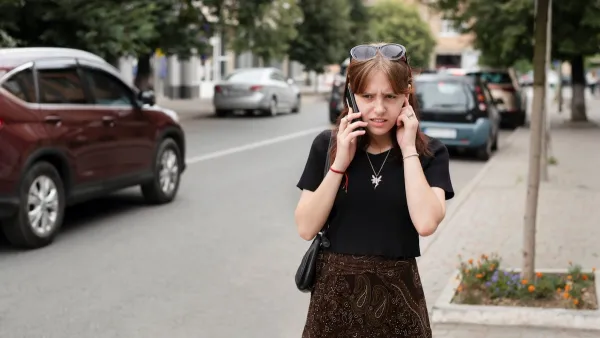Building cities to be safe and accessible for women and LGBTQIA+ people has benefits for all users of public space.

In an article in Architecture Daily, Camilla Ghisleni underscores the benefits of designing cities and public spaces for all users, including different genders, ages, and abilities outlined in the Handbook for Gender-Inclusive Urban Planning and Design, published in 2020 by The World Bank.
As Ghisleni writes, “the initiatives presented by the guide seek to break with the perpetuation of patriarchal gender norms reflected in the city, patterns that began to be questioned in the 1970s, when feminist scholars in the US and Europe analyzed the ways in which urban planning excluded the needs of women.” Now, “more than 50 years later, this discussion is urgent, and it touches other parameters including different minorities related to gender identity, such as transgender, agender, gender neutral, non-binary, etc.”
According to Ghisleni, there are four fundamental criteria for building more inclusive cities: accessibility, mobility, security, and representation. In addition to basic but important improvements like accessibility ramps, security lighting, and improved nighttime transit schedules, the article highlights some creative interventions from around the world that seek to address these issues and improve safety and mobility for the more vulnerable users of public space such as children and members of the LGBTQIA+ community. After recognizing that young women often stopped frequenting city parks after the age of nine, one project in Vienna “renovated an existing park, including new accesses, dividing open areas into more private spaces with landscaping and benches that facilitate interaction, as well as the inclusion of courts for other sports like volleyball and badminton.” The demographics of park visitors changed almost immediately.
Like street furniture, the monuments and public art that cities choose to elevate often represent a narrow part of a city’s history and demographic makeup. “While elements that represent a common narrative, they have now incorporated more critical thinking, embracing representativeness and diversity” as one step toward making cities feel more inclusive and function more effectively for a wider variety of citizens.
FULL STORY: How Gender Inclusion Is Influencing Urban Design

Analysis: Cybertruck Fatality Rate Far Exceeds That of Ford Pinto
The Tesla Cybertruck was recalled seven times last year.

National Parks Layoffs Will Cause Communities to Lose Billions
Thousands of essential park workers were laid off this week, just before the busy spring break season.

Retro-silient?: America’s First “Eco-burb,” The Woodlands Turns 50
A master-planned community north of Houston offers lessons on green infrastructure and resilient design, but falls short of its founder’s lofty affordability and walkability goals.

Test News Post 1
This is a summary

Analysis: Cybertruck Fatality Rate Far Exceeds That of Ford Pinto
The Tesla Cybertruck was recalled seven times last year.

Test News Headline 46
Test for the image on the front page.
Urban Design for Planners 1: Software Tools
This six-course series explores essential urban design concepts using open source software and equips planners with the tools they need to participate fully in the urban design process.
Planning for Universal Design
Learn the tools for implementing Universal Design in planning regulations.
EMC Planning Group, Inc.
Planetizen
Planetizen
Mpact (formerly Rail~Volution)
Great Falls Development Authority, Inc.
HUDs Office of Policy Development and Research
NYU Wagner Graduate School of Public Service




























